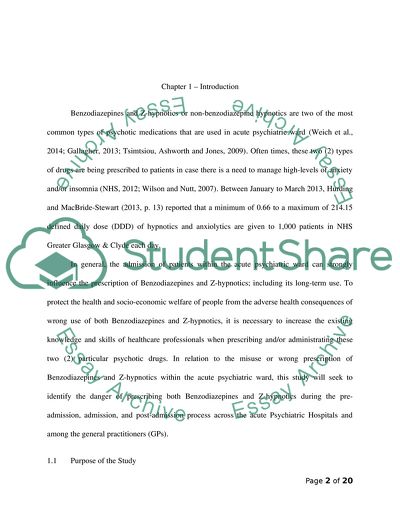Cite this document
(“Significance Of Admission To Adult Acute Psychiatric Wards Dissertation”, n.d.)
Retrieved de https://studentshare.org/health-sciences-medicine/1648808-evaluating-the-benzodiazepines-and-z-hypnotics-prescribing-across-the-the-pyschiatric-hospital-acute-setting-and-gps
Retrieved de https://studentshare.org/health-sciences-medicine/1648808-evaluating-the-benzodiazepines-and-z-hypnotics-prescribing-across-the-the-pyschiatric-hospital-acute-setting-and-gps
(Significance Of Admission To Adult Acute Psychiatric Wards Dissertation)
https://studentshare.org/health-sciences-medicine/1648808-evaluating-the-benzodiazepines-and-z-hypnotics-prescribing-across-the-the-pyschiatric-hospital-acute-setting-and-gps.
https://studentshare.org/health-sciences-medicine/1648808-evaluating-the-benzodiazepines-and-z-hypnotics-prescribing-across-the-the-pyschiatric-hospital-acute-setting-and-gps.
“Significance Of Admission To Adult Acute Psychiatric Wards Dissertation”, n.d. https://studentshare.org/health-sciences-medicine/1648808-evaluating-the-benzodiazepines-and-z-hypnotics-prescribing-across-the-the-pyschiatric-hospital-acute-setting-and-gps.


